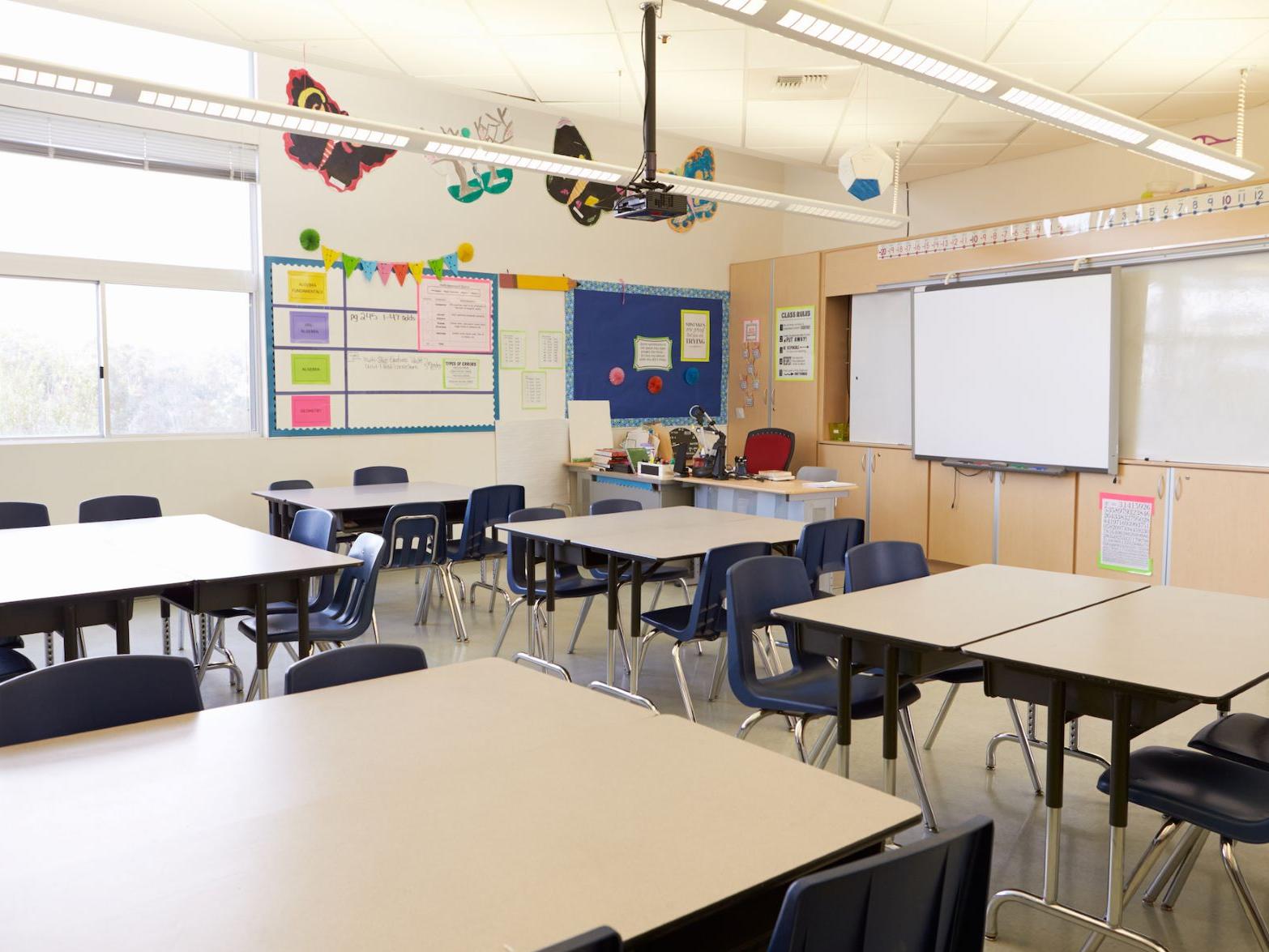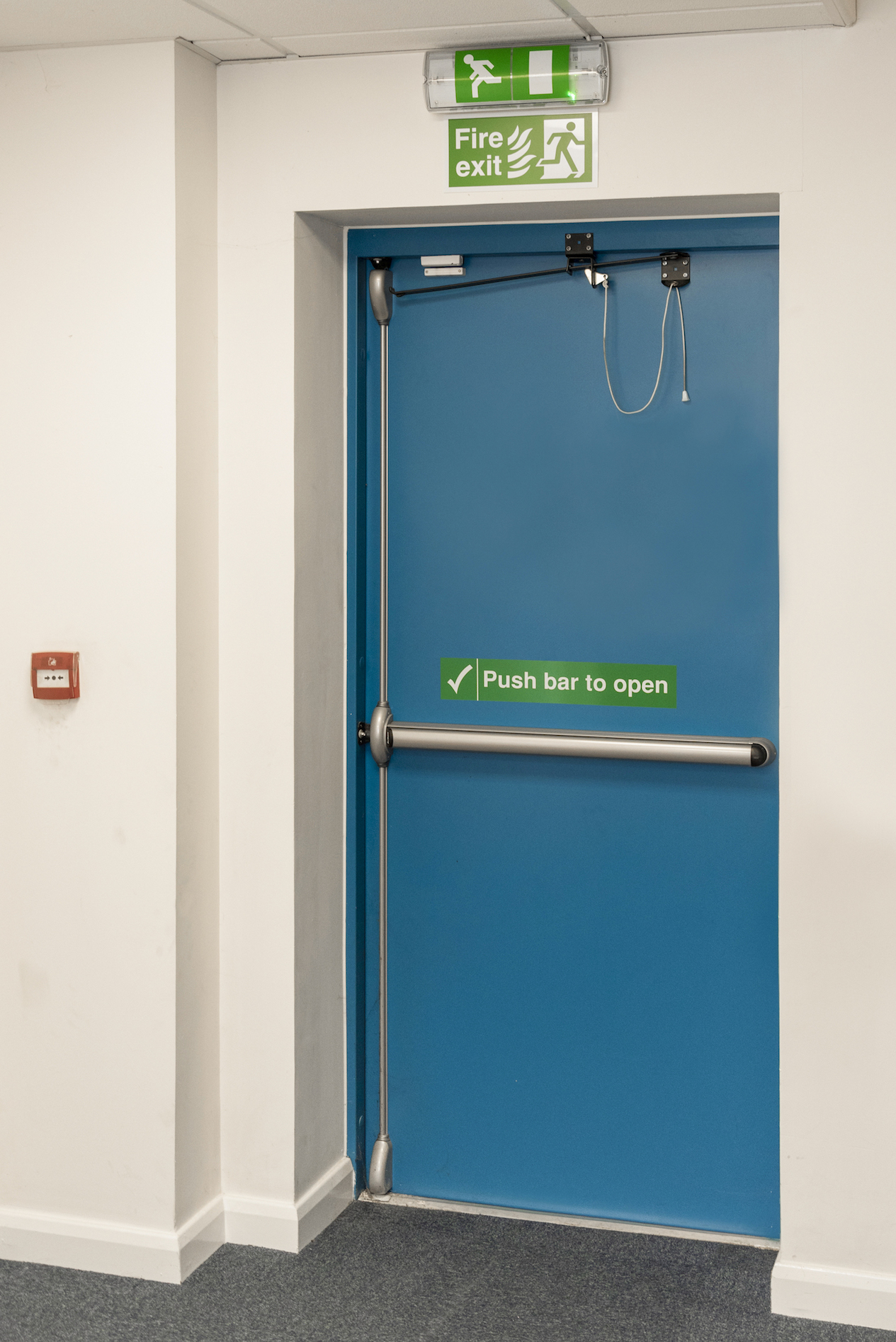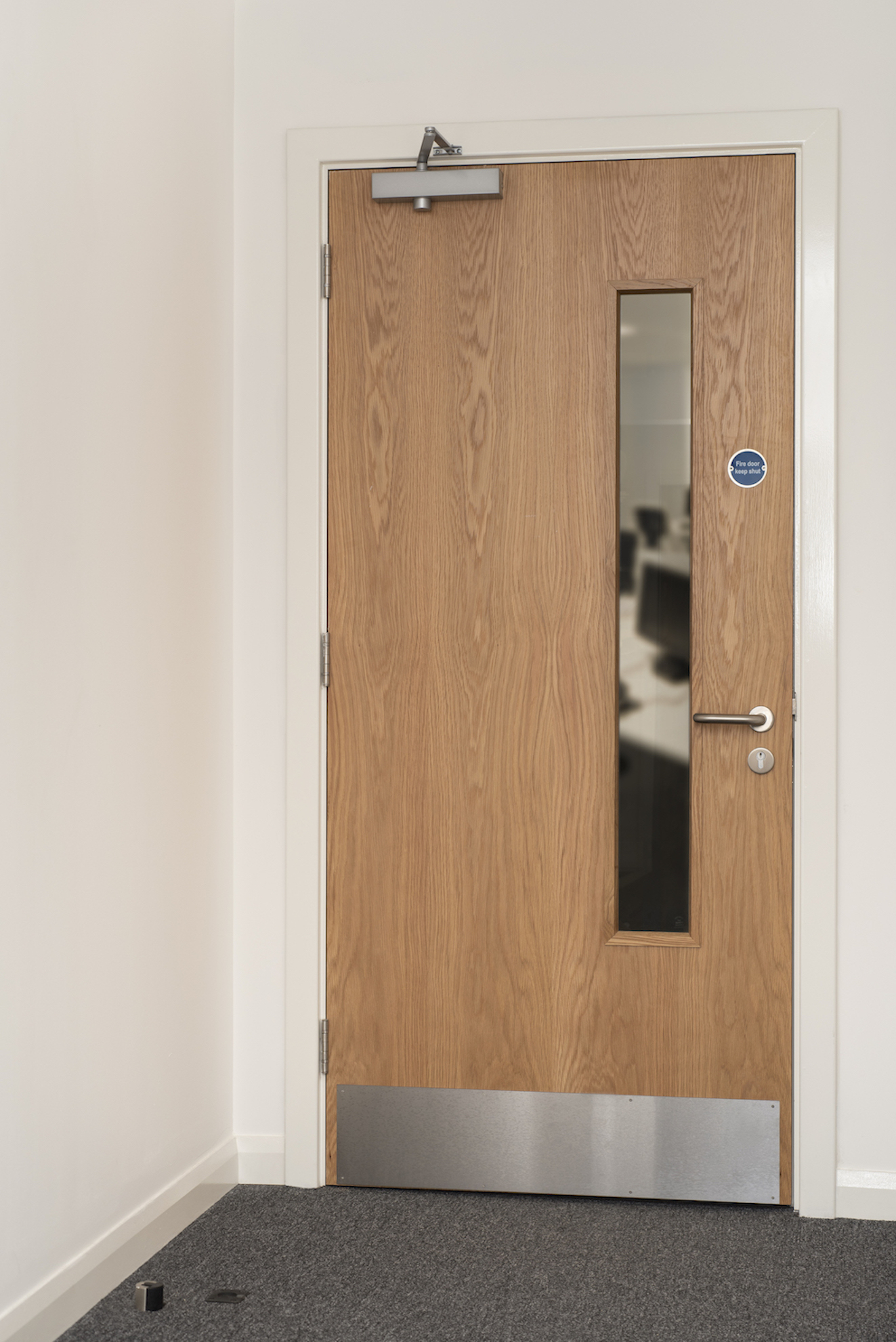Correctly functioning fire doors can mean the difference between life and death and is something that the organisers of Fire Door Safety Week (FDSW) seek to raise the profile of each year with its safety campaign. In support of this, Scott Copeland, Category Manager at IronmongeryDirect outlines some key checks to safeguard both lives and property.
Any establishment has a legal responsibility to protect its occupants and all relevant fire safety risks must be analysed and mitigated with an effective fire safety strategy as outlined in the Building Regulations and Regulatory Reform Order. This includes fire doors located throughout the premises that should be installed and maintained in line with regulations, to prevent the spread of flames and smoke, and allow for the safe evacuation of occupants. Guidance from Fire Door Safety Week highlights the importance for regular maintenance in education facilities as high footfall environments that present harsh working conditions for fire doors to endure from constant use.
Door Closers
Door closers are an essential element to a fire door’s performance and should comply with BS EN1154 for Controlled Door Closing Devices, or BS EN1155 for electromagnetic closers and fire door holders. When inspecting door closers during maintenance, open the door fully and allow the door closer to activate. The door closer should completely close the door, engage the latch by clicking shut, and the closing time of the door must not exceed 25 seconds. Also, ensure the door closer has no damage, and that there are no oil leaks.
Should the door closer show any signs of wear or damage, it is essential to replace the device immediately with one that complies with the relevant standards. The GEZE TS4000S Fire Door Closer available from IronmongeryDirect, is ideal for use in schools, featuring backcheck for high traffic areas and meets Equality Act regulation BS 8300. The GEZE door closer is CE marked and CERTIFIRE certified.
Intumescent seals
A crucial component of fire doors, intumescent seals expand when exposed to heat to fill the gaps around a door to trap fire and smoke. These seals must be in good condition to work effectively and should be checked when undertaking regular maintenance. For most doors, the seals should be less than 4mm on the sides and up to 8mm maximum below the door.
Advice from FDSW outlines that damaged components, such as damaged seals, should only be replaced with like-for-like components by a trained professional. At IronmongeryDirect there are plenty of intumescent seals to choose from, which are fully tested to BS 476 Pt 20:22 and Pt 31.1 (cold smoke leakage) as well as CERTIFIRE certified.
Locks, Latches and Hinges
Locks, latches and hinges need to hold the door firmly in its frame so that the door is able to withstand fire and aid escape, so it is vital to specify these correctly. During maintenance, ensure the latch closes easily, the hinges are in working order with all screws intact and the door leaf has not dropped. IronmongeryDirect has prepared a useful fire protection guide that provides more detail on this, which can be viewed here https://www.ironmongerydirect.co.uk/blog/fire-protection-buyers-guide.
Neglecting regular fire door maintenance can have disastrous consequences, but with robust maintenance schedules in place, fire risk can be mitigated. To safeguard your fire doors, IronmongeryDirect has created a Fire Door Checklist that can be viewed at www.ironmongerydirect.co.uk/fire-door-checklist. Or for more information on its range of over 18,000 products, visit www.ironmongerydirect.co.uk.


